 Dan Soderberg Photography
Dan Soderberg Photography
 Dan Soderberg Photography
Dan Soderberg Photography
 Dan Soderberg Photography
Dan Soderberg Photography
If you know baseball – particularly Chicago Cubbie baseball – you know who this is.
 Dan Soderberg Photography
Dan Soderberg Photography
Traditional pub with wood-paneled walls & a canalside terrace, serving hearty food & Belgian beers.
Egelantiersgracht 12, 1015 RL Amsterdam, Netherlands
 Dan Soderberg Photography
Dan Soderberg Photography
The Fietsflat bicycle park at Amsterdam Centraal Station. It dates from 2001 and can accommodate 2500 bikes on three levels.
News from 2015 says it’s not enough.
 Diary of Helen Hussey
Diary of Helen Hussey
Diary of Helen Hussey
Shopping along Fillmore Street and the New Fillmore Hotel on the right. Image source: http://newfillmore.com “The New Fillmore – The Latest News From The Heart And Soul Of San Francisco.” Robert F. Oaks the the author of the Arcadia published “San Francisco’s Filmore District.” https://www.arcadiapublishing.com/9780738529882/San-Franciscos-Fillmore-District
Wednesday November 8, 1939 “Went to the bank and post office. Money Order came from Ruth McKales. Sent receipt and final payment on tires! Matinee at the Alexandria. Nite – Sam and I to Fillmore to buy dinner for tomorrow. Bought some Port.
On the marquee “Tea And Sympathy” starring Deborah Kerr. It was released November 5, 1956. Image source: Richmond Street Blog
From Cinema Treasures
The Alexandria Theatre opened on November 26, 1923 with Douglas MacLean in Going Up. It was built at a cost of $350,000 by Oppenheimer & (Alex) Levin; Reid Brothers were the architects. From the beginning, it was one of the Richmond district’s leading second-run theaters.
In 1941, it underwent extensive remodeling, emerging totally Moderne, with only the original stone pillars on its corner facade still exhibiting evidence of its original Egyptian roots.
It re-opened on June 19, 1942, but due to wartime blackout restrictions, much of its new neon elegance had to be subdued until sometime later. In the late-1950’s it was upgraded to a first run 70MM, reserved seat policy premiering such roadshow attractions as South Pacific (48 weeks), Exodus (20 weeks), Can Can (19 weeks), El Cid (21 weeks), The Longest Day (19 weeks),Cleopatra (56 weeks) & Oliver! (43 weeks).
On November 24, 1976, it re-opened as Alexandria 3, with the former balcony and loge sections converted into two separate, smaller auditoriums, but with the original downstairs section more or less intact.
Beneath the remodeling, rumor has it that the original dome and atmospheric ceiling still exists, retaining its twinkling lights, or at least the sockets, and that behind the bland walls of the lobby one can still see lotus-topped columns and colorful hieroglyphics.
The theater closed in the beginning of 2004 and its future is uncertain.

The Golden Gate Theater
Image Source: Amazon
Thursday November 9, 1939 “To town and bought shirts and shorts for Sam. Went to the Golden Gate and saw the Marx Ritz Brothers. Very funny. Marc out with Sam for dinner. Phil stopped in tonight.”
Friday November 10, 1939 “Busy morning. Shampoo and bathed Bijou. Washed, shopped, etc. Walked in the park. Nite met Sam and dinner at Hotel Espanol. Stopped at Tony’s. She’s not feeling so well. Home and port. Sam doesn’t have to work tomorrow. Found a parking ticket on the car. Pacific.
Hotel Espanol was at 719 Broadway. There is no 719 there anymore – probably demo’ed. The highest number on the corner building goes to 715. The peach color stucco building next to it is number 777. Google maps points to the empty space of an alley for 719. Nothing there.
Saturday November 11, 1939 “Jeanne and I to town. Had to walk from Civic Center on account of the Armistice Day parade. Bought new hat, sweater for Jeanne. Nite Ruth and Bill came in. Quite a binge. They brought a bike, etc.”
Sunday November 12, 1939 “Tony, Jeanne, Ruth, Duke, and I to see Winchester House. Picnic in San Jose – lot of fun. Beautiful country. Home about 3:30. Nite gabbed and beer. Bed about 11:30.
Monday November13, 1939 “Ruth and Bill left about 9. Met Tony at 5 and to the Palace Hotel. Saw Boys of Brazil band. To Jacopetti’s for sandwiches. Then to the Curran – first night of Taming of the Shrew, Lunt and Fontaine. Swell!!
Standford Daily
Tuesday November 14, 1939 “Ironed in the morning. Then shopped, library, and walked Bijou in the park. Afternoon and Nite, Read + Radio.”
 Architecture
Architecture
It was a building inspired by a vision of the 21st century depicted in an 1888 novel. Then 94 years later was depicted in a film vision of the 21st century.
Image: Creative Commons
The street view doesn’t quite reveal the characteristics of a future vision. The building’s facade is clearly an Italian Rennaissance Revial, Romanesque Revival design of its time (1894).
Image: Creative Commons
You might walk by without ever knowing what lies beyond the arched entry.
Image: Creative Commons
But the inside – that’s another story. It was the shared dream of two men. Lewis Bradbury who had a specific philosophy and ideas of what he wanted built. And the young man whom Bradbury met – they shared that philosophy and those ideas. He was George Herbert Wyman – who wasn’t even an architect, but draftsman by trade. Their common vision stemmed from a futuristic novel called Looking Backward 1887 – 2000 by George Herbert Wyman.
slidesharecdn.com
Image: Creative Commons
Bellamy’s futuristic structures in Looking Backward were described as “vast halls filled with light.” The Bradbury building has a glass roof which baths the entire central portion of the interior in daylight. The railings, balconies and supporting columns are made of iron. The resulting effect is a suspended, floating illusion of interior elements.
It stands as one of the most distinctive and remarkable interiors of any office building ever constructed.
Images: Creative Commons
The Bradbury interiors inspired by a Utiopian future depicted in Looking Backward by Edward Belamy.
It is a curious twist in the history of the building that 94 years later it again would be part of another science fiction spin of the 21st Century – the 1982 film The Blade Runner.
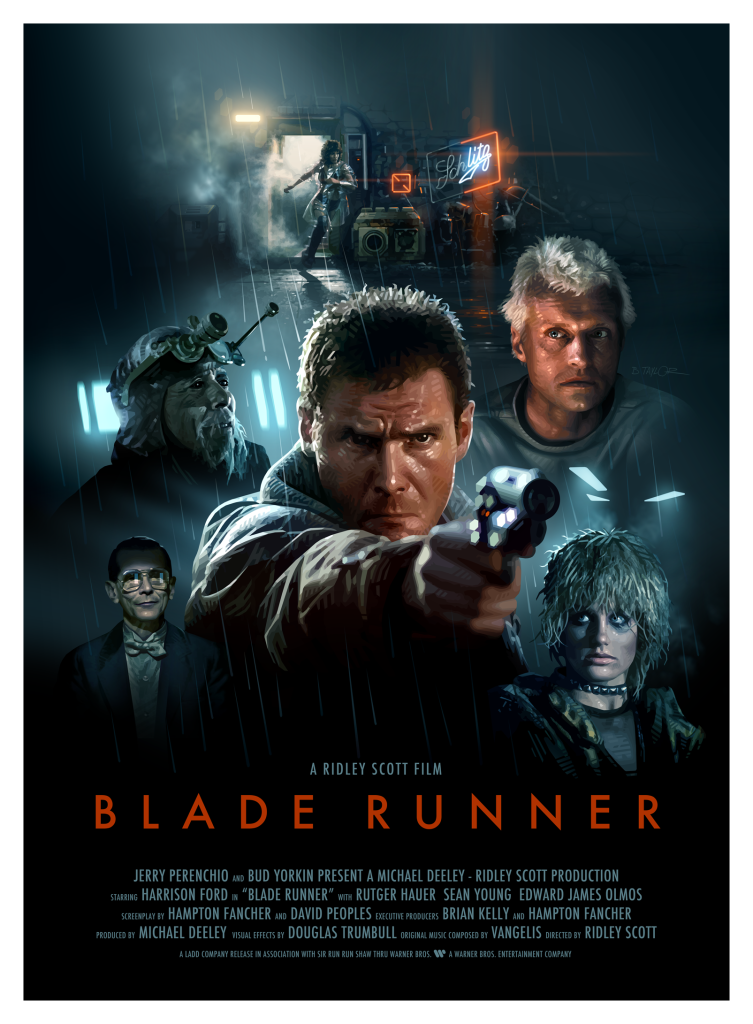
The building not only attracted the producers of Blade Runner. There have been dozens of other Film, Television, and Commercial productions that have used the Bradbury Building as a set.
Image: Dan Soderberg
Louis Bradbury died before his building was complete. His dedication to creating his lasting legacy notwithstanding, even he likely wouldn’t dare imagine how the building would continue to inspire and fascinate well into the 21st century.
The Bradbury Building is located on Broadway at 3rd Street, Los Angeles, CA
 Dan Soderberg Photography
Dan Soderberg Photography
Padres Beat The Dodgers 3-1. Very well played game on both sides.
He’s surrounded by best friends, except they don’t all support his team! If anyone knows these guys let them know I’ll send them the complete set of pix. I gave them my card, but haven’t heard back yet.
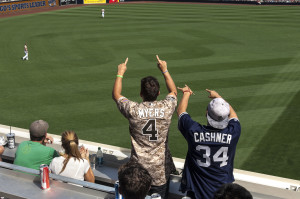

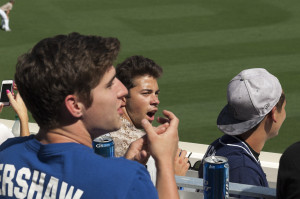
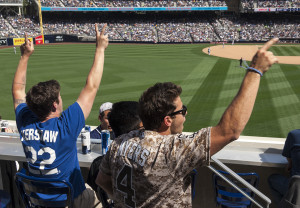
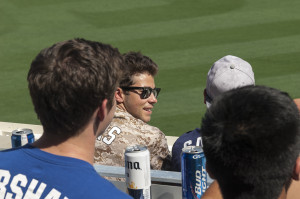
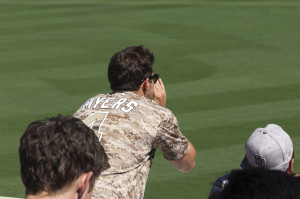
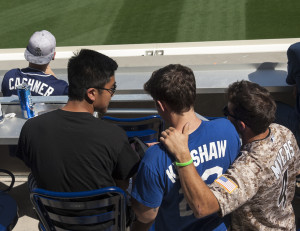
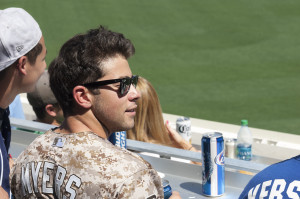

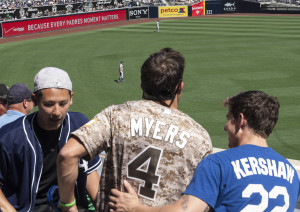
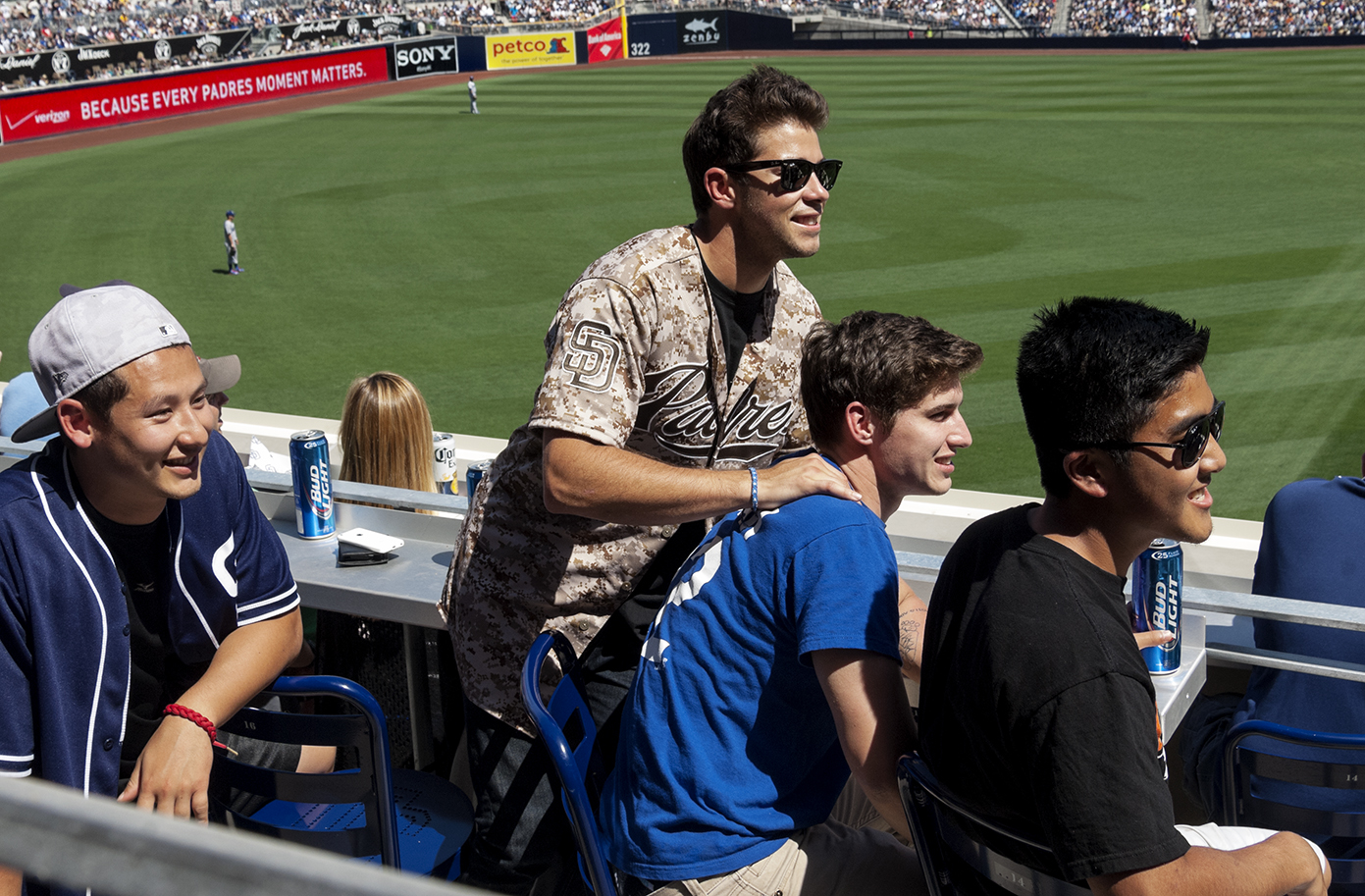
 Dan Soderberg Photography
Dan Soderberg Photography
Some photos I’ve shot over the years. To commemorate the Centennial.